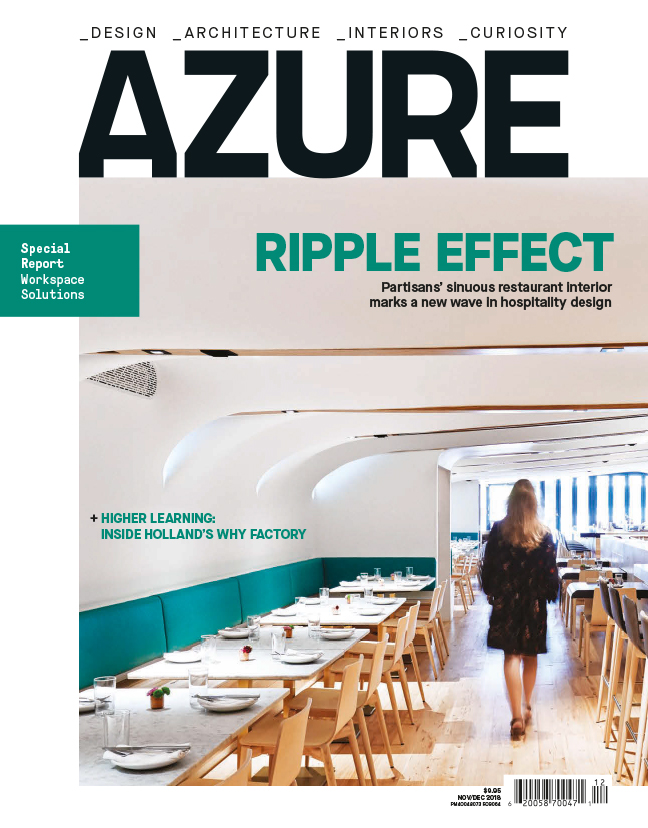
Kengo Kuma’s sharply angled V&A Museum in Dundee, Scotland, brings new drama and energy to the city’s waterfront.
“We wanted to create a rhythm and music on the facades, the same way that nature, cliffs and water have rhythm. A big concrete box could never have given us that.” Japanese architect Kengo Kuma is in Dundee, talking about the new waterfront V&A museum he designed for the Scottish city. Jutting out into the River Tay, the structure’s angled facades, Kuma explains, are inspired by the rocky cliffs of northeastern Scotland, their jagged cladding comprising 2,429 precast concrete fins of varied depths and lengths.
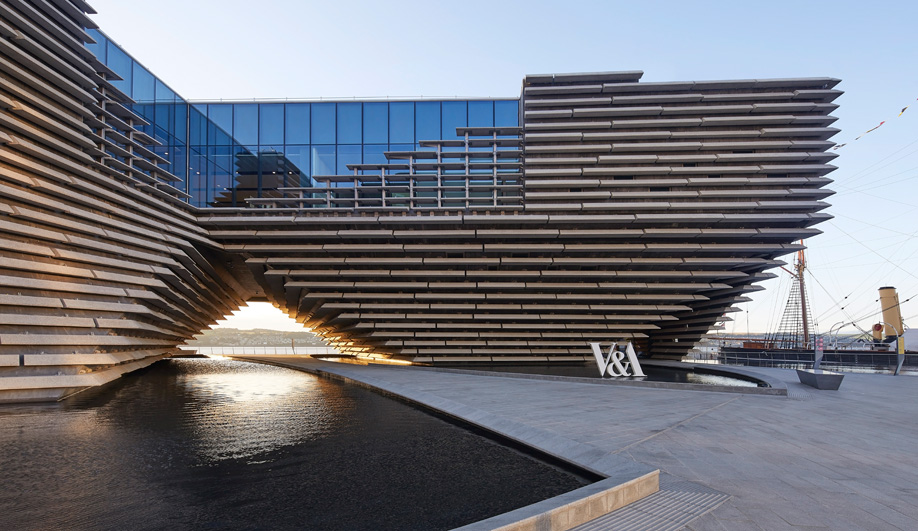
Structurally bold, the new £80-million building is composed of two inverted pyramids that rise as separate, twisting volumes at ground level and join together on the upper floors. “The main point of this split was to create a void that allows people to walk through the building and not just around it,” project architect Maurizio Mucciola says, describing the promenade that cuts through the museum’s footprint.
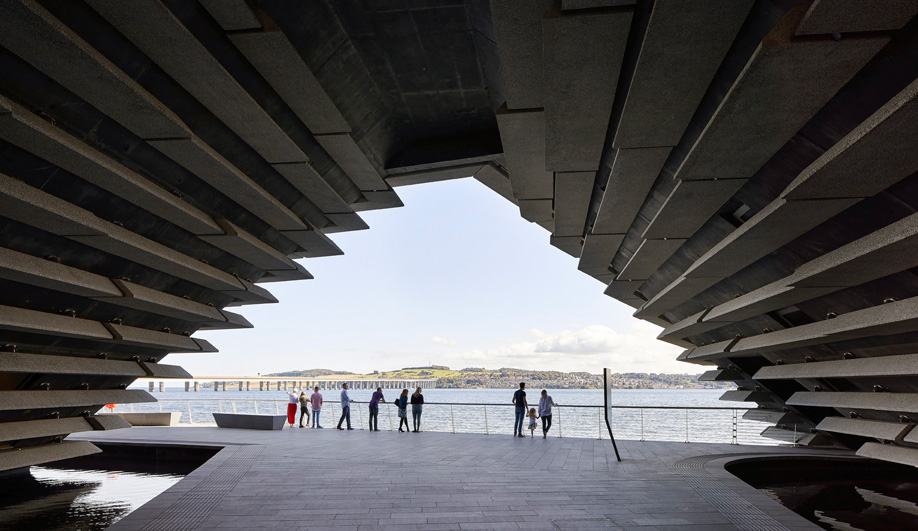
Kuma calls this void a “cave” and it does indeed feel dark and humid; as you come through on the river-facing side, you feel as if you have emerged into the light. The theatre of this void and the facades – with their dancing shadow play created by the water and the passing sun and clouds – is somewhat eclipsed by the museum’s greatest flaw, one that the architect could do little about: the surrounding context.
A recently renovated railway station across the road and a mixed-use block going up troublingly close by can only be described as generic, with the latter blocking views from one part of the city. And there is more construction planned nearby. The museum is part of a long-term, £1-billion waterfront regeneration much needed in a post-industrial city plagued by social and economic problems. It’s just a pity that there is such a discrepancy in design ambitions.
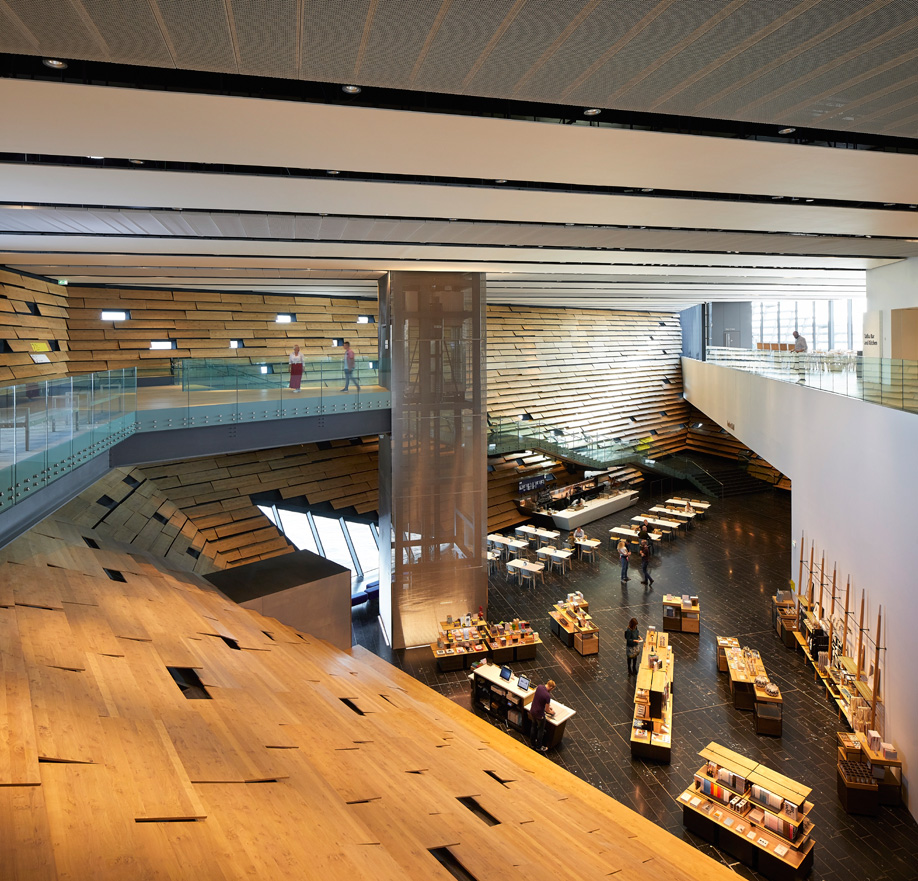
In contrast to the monumental exterior, things are warm and light-filled inside. Low-lying windows reveal the water lapping at the “prow” of the ship-like building, and a lofty atrium is lined with timber panelling on the walls and dark, fossil-rich Irish limestone on the floor. A grand staircase, with low, deep steps that encourage a slow, processional walk, wraps along one wall. “It gives you time to stop and turn around and look at the main hall as you rise,” explains Mucciola.
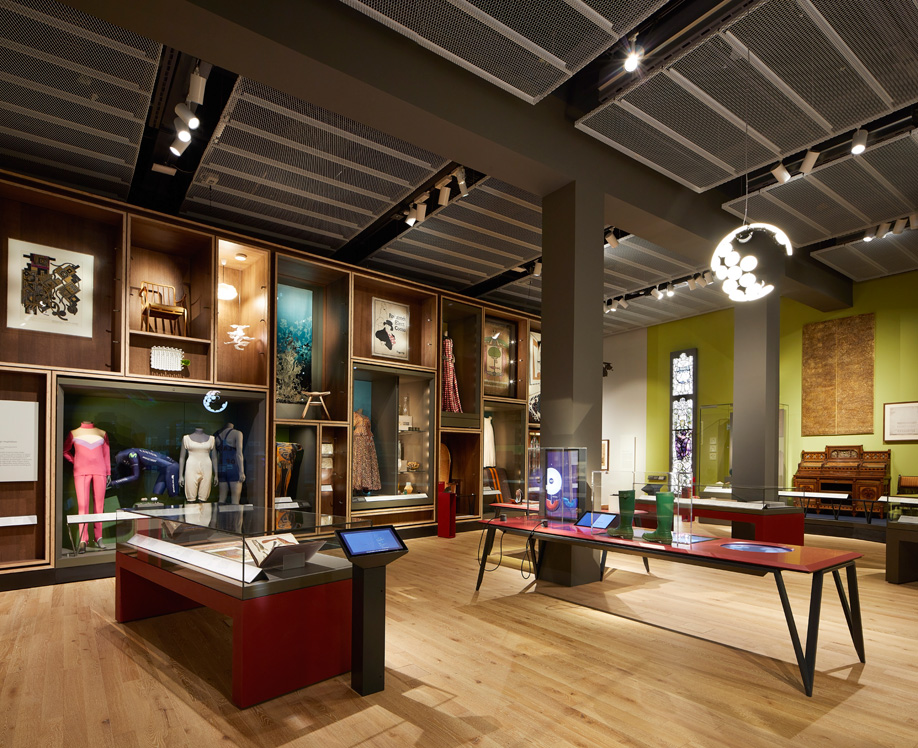
Upstairs are rooms dedicated to learning, a restaurant and 1,650 square metres of exhibition space divided into two galleries. The larger gallery is dedicated to temporary exhibitions; the other is home to the permanent Scottish Design Galleries.
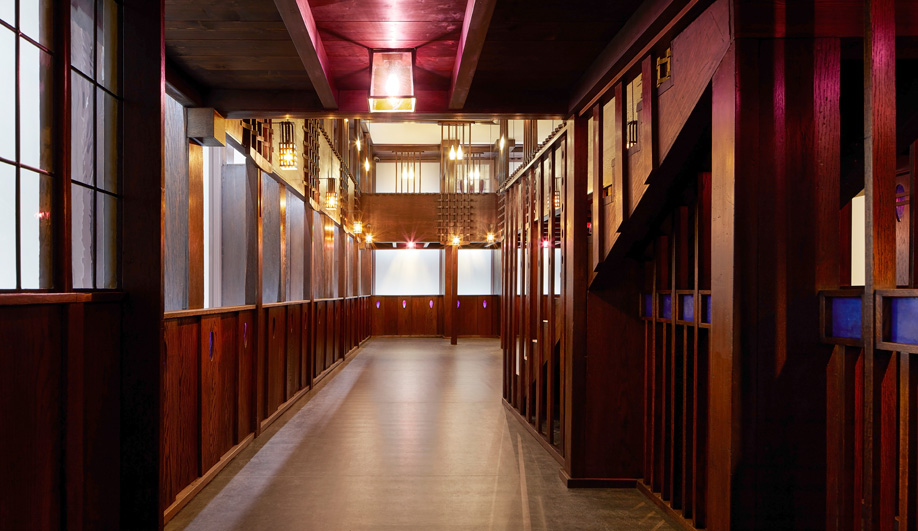
Pride of place goes to the 1907 Glasgow tea room designed by Charles Rennie Mackintosh, reassembled here after half a century in storage. Left unfurnished, the Oak Room is a handsome and harmonious space with intricate lattice-patterned woodwork and purple mouth-blown glass lights whose rich, streaky hue was achieved by adding gold to the blend. In a year that marks the 150th anniversary of Mackintosh’s birth and also saw his iconic Glasgow School of Art destroyed by fire, it’s a timely and fitting tribute.
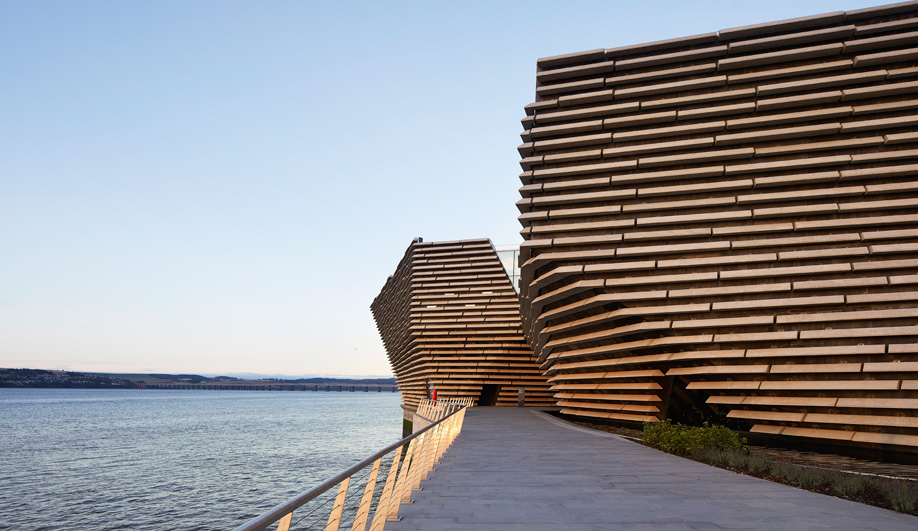
The arrival of the V&A Dundee – the first V&A museum outside of London – is exciting because it gives greater prominence to a world-class design culture. And it does so in a unique and memorable building that links the city back to its mighty and beautiful river.
